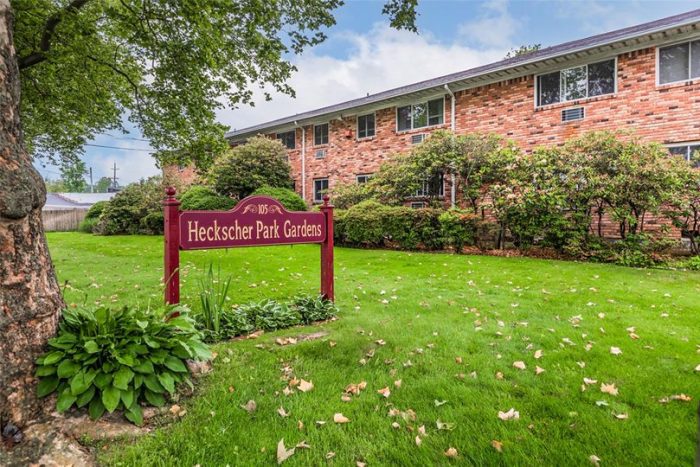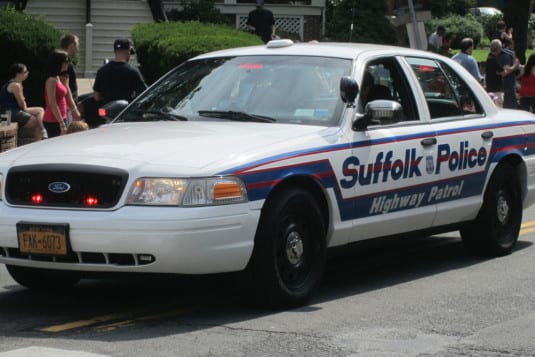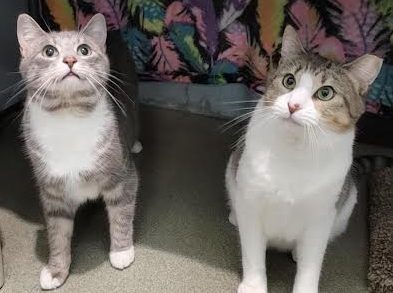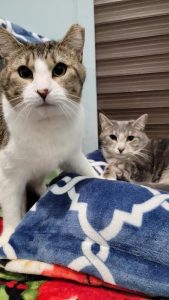While sufficient capacity is expected to be available, reducing consumption can extend the life of equipment operating in prolonged heat
As the area enters its fourth day of extreme heat, PSEG Long Island is urging customers to cut back on nonessential electricity use to help ease the stress on electrical equipment in their neighborhoods.
PSEG Long Island expects to have the electrical capacity required to meet customer demand during this heatwave, according to a press release.
While temperatures are not expected to reach Tuesday’s near-record levels, a heat advisory is in place through this evening, with the heat index forecast to range between 98 and 102 degrees. The heat index is a measure of how hot it really feels when relative humidity is factored in with the actual air temperature.
“Four consecutive days of extreme heat puts a great deal of physical strain on lines, transformers and other common pieces of equipment that make up our energy grid and have been handling peak levels of demand,” said Michael Sullivan, PSEG Long Island’s vice president of Electric Operations. “While we expect to have sufficient electrical capacity to meet the demand, we urge customers to reduce their energy usage to help protect the grid and limit the number of scattered, heat-related outages that occur today.”
PSEG Long Island is also planning to activate the voluntary Smart Savers thermostat program to reduce loading on the system by automatically adjusting the thermostats of residential customers who have chosen to participate. Activating the program will also help save money next year by reducing the amount of required electrical capacity purchased in advance.
On Wednesday, June 25, at 3:30 PM, which is 30 minutes prior to the activation, enrolled customers’ homes will be pre-cooled by 3 degrees for 30 minutes, then their thermostats will be raised by 4 degrees from 4-7 PM. In exchange, these customers receive a discount on their electric bills.
PSEG Long Island also plans to activate its Commercial System Relief/Distribution Load Relief programs to reduce loading on the system and create future savings for customers. Some 840 commercial customers enrolled in this voluntary program will be asked to provide their contracted load relief today by either switching to generators or shutting off equipment or air conditioning.
Conserve energy and be safe
PSEG Long Island urges customers to take these important energy conservation measures to reduce peak demand on the system.
- Turn off all nonessential electronics and appliances.
- Set home thermostats or air conditioner units to 78 degrees.
- Run major appliances such as washing machines, dishwashers and pool pumps, in the morning or late evening to avoid the peak demand hours of 2 PM to 8 PM.
- Set refrigerators and freezers at most-efficient temperatures.
- Do not cool an empty house. Set your thermostat higher when you are away, or use a smart thermostat to control the temperature in your home.
- Commercial and residential customers may sign up for the Peak Load Rewards program. Visit psegliny.com/saveenergyandmoney/GreenEnergy/PeakLoad for more details.
- Close blinds and window coverings facing the sun to keep out the sun’s heat.
- Ceiling fans cool fast and cost less than air conditioning. (In hot weather, set ceiling fans to spin quickly, counterclockwise to push air downward.)
- Seal holes and cracks around doors and windows with caulk or weather-stripping.
- Replace old appliances with new energy efficient ENERGY STAR® appliances.
- Replace air filters monthly. Dirty filters make your air conditioner work harder.
- Close blinds and draperies on sun-facing windows to keep out the sun’s heat.
- Ceiling fans cool fast and cost less than air conditioning. (In hot weather, set your ceiling fan to spin quickly, counterclockwise to push air downward toward the floor.)
- Charge electric vehicles overnight.
Prepared for potential outages:
PSEG Long Island has personnel available around the clock to address potential outages during this heatwave safely and as quickly as possible.
Stay connected:
- Report an outage and receive status updates by texting OUT to PSEGLI (773454). You can also report your outage through our app or our website at psegliny.com/outages.
- To report an outage or downed wire, you can also call PSEG Long Island’s 24-hour Electric Service number at 800-490-0075.
- Follow PSEG Long Island on Facebook and X (formerly Twitter) to report an outage and for updates before, during and after the storm.
- Visit PSEG Long Island’s MyPower map for the latest in outage info, restoration times and crew locations across Long Island and the Rockaways at mypowermap.psegliny.com/.

















